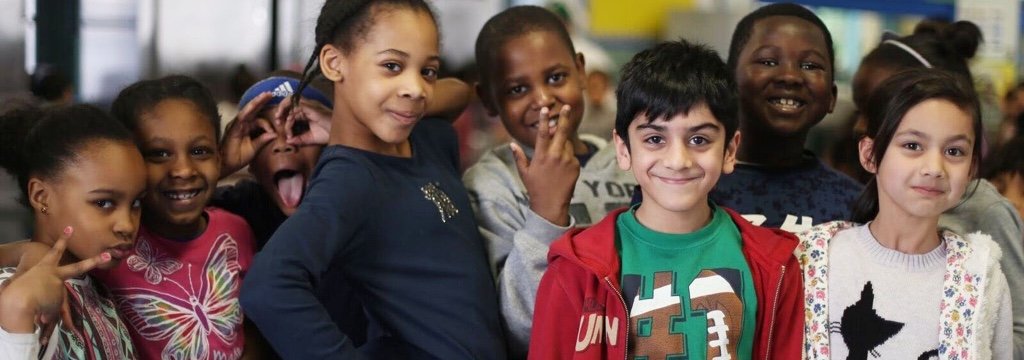Get more from InsideSchools
P.S. 770 New American Academy
Share this school
Brooklyn NY 11212
Our Insights
This is an unzoned school, meaning students who attend may come from across your school district, your borough, or sometimes the entire city. Anyone is welcome to apply, but look into your chances for admissions. To see if your address is in the district for this school use our Elementary School Guided Search.
Why might this school be a good fit for you? It offers another option. Some unzoned schools were designed as an alternative to traditional neighborhood schools, some were simply created to ease overcrowding at zoned schools, and some were founded with a magnet grant designed to foster integration through special programs (such as art, science, drama or law). If being at a school where most students are from your neighborhood is a higher priority, your zoned elementary school may be a better fit.
All schools in districts 1, 7 and 23 are unzoned.
Wondering "What to Look For" in your school selection process? Check our suggestions here.
For more information about school enrollment and advice on how to find a program, please visit our New to NYC page.
If you are a parent or staff member at this school, please tell us more about it in the Comments Section below.
Read moreSchool Stats
Is this school safe and well-run?
From the 2024-2025 NYC School Survey
From this school's most recent Quality Review Report
From the 2023-24 School Quality Report
How do students perform academically?
From the New York State 2023-2024 Assessment Database
What is the Pre-K like?
From the NYC Program Assessment (CLASS and ECERS-R) Database through 2019-2020
Who does this school serve?
From the 2024-25 Demographic Snapshot
From the 2023-24 School Quality Guide
From the 2020 School Directories
How does this school serve special populations?
From the New York State 2023-2024 Assessment Database
Contact & Location
Location
Contact
Other Details
Was this information helpful?
Get more from InsideSchools
You may also like …
Uncommon Brownsville South Elementary School
Brooklyn, NY 11212
Brooklyn Ascend Charter Elementary School
Brooklyn, NY 11212

Comments